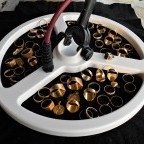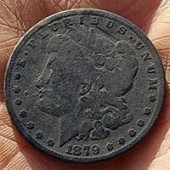Impulse AQ In Surf / 36 Psu Salinity
-
Similar Content
-
- 0 replies
- 104 views
-
- 57 replies
- 3,887 views
-
- 28 replies
- 2,159 views
-
- 58 replies
- 24,616 views
-
- 10 replies
- 4,832 views
-
- 10 replies
- 4,284 views
-
-









Recommended Posts
Create an account or sign in to comment
You need to be a member in order to leave a comment
Create an account
Sign up for a new account in our community. It's easy!
Register a new accountSign in
Already have an account? Sign in here.
Sign In Now